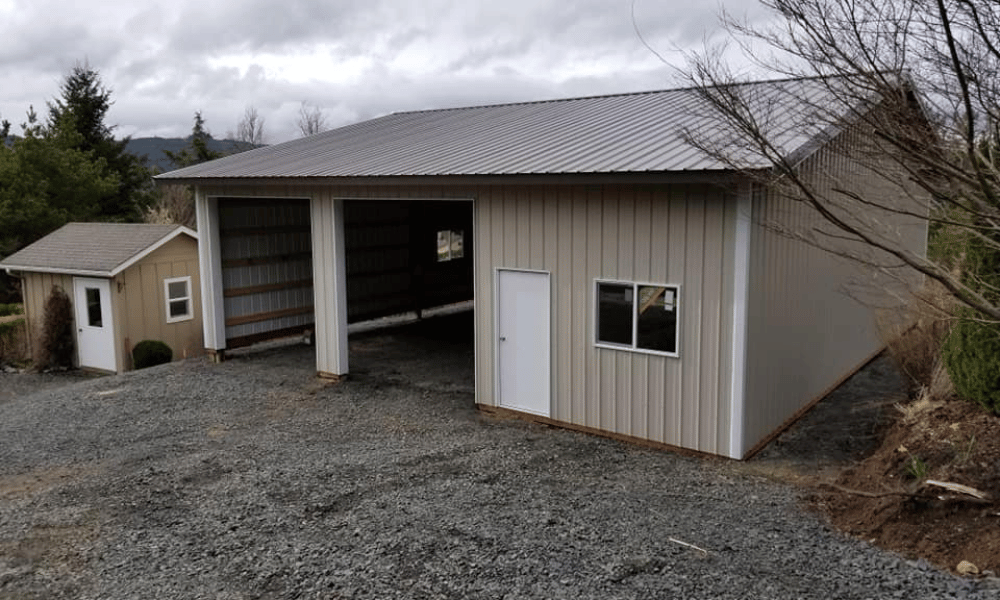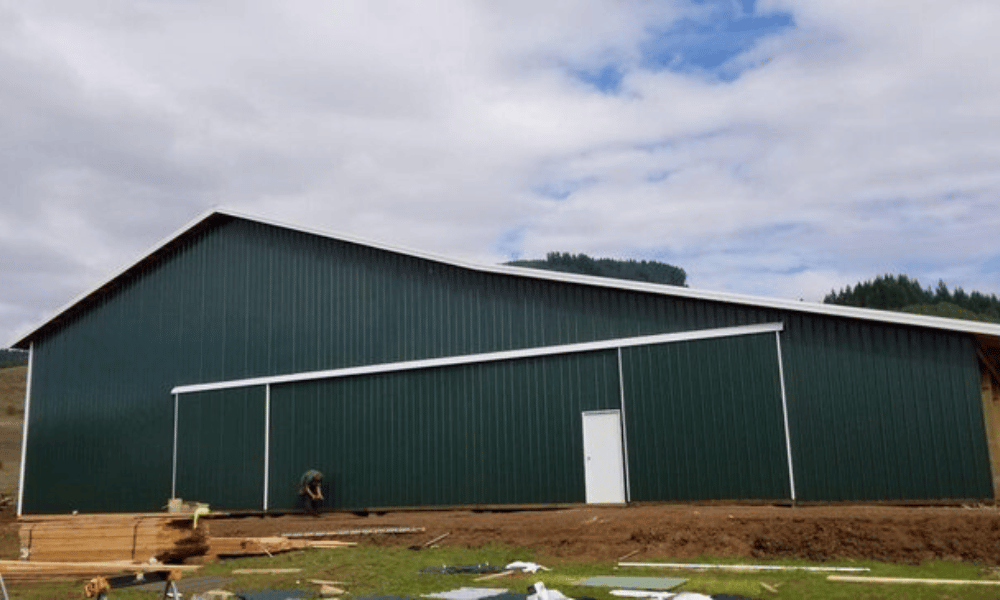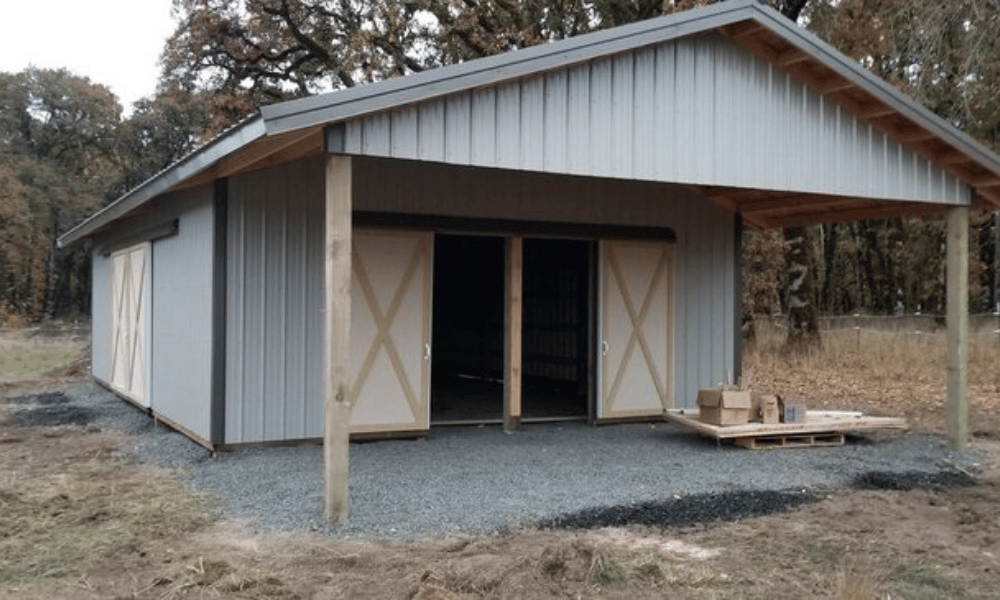Climate control in livestock housing is a crucial aspect https://www.deanlindseyconstruction.com/pole-barn-garages-and-workshops of modern agricultural practices. The importance of maintaining an optimal environment cannot be overstated; it impacts animal health, productivity, and overall welfare. This article will explore the best practices for climate control in livestock housing, focusing on various aspects such as ventilation, insulation, humidity management, and heating systems.
What is Climate Control in Livestock Housing?
Climate control refers to managing the internal conditions of livestock housing to create a suitable environment for animals. This involves regulating temperature, humidity, air quality, and ventilation. Effective climate control ensures that livestock remain healthy and productive throughout various seasons.
Why is Climate Control Important for Livestock?
Animal Health: Proper climate control reduces the risk of disease outbreaks caused by stressors like extreme temperatures or poor air quality. Productivity: Animals kept in optimal conditions tend to grow faster, produce more milk or eggs, and have fewer health issues. Welfare: Maintaining a comfortable environment improves animal welfare, which is essential for ethical farming practices.Best Practices for Climate Control in Livestock Housing
Implementing effective climate control measures is vital for successful livestock operations. Here are key practices to consider:
1. Design Considerations for Pole Buildings
Pole buildings offer unique advantages when it comes to creating an ideal environment for livestock. Their design can enhance airflow and temperature regulation.
Advantages of Pole Buildings
- Cost-Effective: They are often less expensive than traditional structures. Versatile Layouts: Flexible designs allow customization based on specific needs. Enhanced Airflow: Natural ventilation can be maximized through strategic openings.
2. Ventilation Techniques
Proper ventilation is essential for maintaining air quality and temperature within livestock housing.
Natural Ventilation
Utilizing natural airflow helps reduce energy costs while providing fresh air to animals.
Key Features:
- Openings like windows and vents should be strategically placed. Roof designs can promote upward airflow.
Mechanical Ventilation
In areas with extreme weather conditions or dense populations of animals, mechanical systems may be necessary.
Common Systems:
- Exhaust fans Inlet fans Tunnel ventilations
3. Insulation Methods
Insulating your livestock housing protects against temperature fluctuations.
Types of Insulation Materials
- Fiberglass batts Foam boards Spray foam
Benefits:
- Reduces energy costs. Keeps animals comfortable during temperature extremes.
4. Heating Systems
In colder climates, it's essential to implement effective heating solutions.
Types of Heating Systems
Forced Air Heaters Radiant Floor Heating Infrared HeatersChoosing the Right System:
Consider factors like energy efficiency, cost, and animal comfort when selecting a heating system.
5. Humidity Control
High humidity levels can lead to respiratory issues among livestock.
Methods for Managing Humidity
- Dehumidifiers can help maintain appropriate moisture levels. Ensure proper drainage around buildings to prevent moisture buildup.
6. Monitoring Equipment
Investing in monitoring equipment allows farmers to keep track of environmental conditions inside the housing unit effectively.

Essential Tools:
Thermometers Hygrometers CO2 MonitorsUsing technology can provide real-time data that aids decision-making processes regarding climate control strategies.
7. Seasonal Adjustments
Adjusting climate control strategies based on seasonal changes is critical for optimal results.
Winter Preparations
Ensure insulation is adequate and heating systems are functional before cold weather sets in.
Summer Strategies
Increase ventilation rates and use evaporative cooling techniques during warmer months to keep animals comfortable.
Common Challenges in Climate Control for Livestock Housing
Despite best efforts, several challenges may arise when attempting to maintain an optimal environment:
1. Extreme Weather Conditions
Unpredictable weather patterns can strain existing climate control measures; therefore, adaptability is key.
2. Infrastructure Limitations
Older structures may lack adequate insulation or ventilation features necessary for effective climate control; renovations may be required.

FAQs About Climate Control in Livestock Housing
1. What role does ventilation play in livestock housing?
Ventilation helps regulate temperature and maintain air quality by allowing fresh air circulation while removing stale air filled with moisture and pollutants.
2. How do I know if my livestock housing requires more insulation?
If you notice significant temperature fluctuations or drafts during cold weather seasons, it’s likely time to add more insulation materials throughout your building structure.
3. Can I utilize both natural and mechanical ventilation systems?
Absolutely! Many farms successfully combine both methods depending on their specific needs—using natural ventilation primarily but supplementing it with mechanical systems during peak demand periods (like heat waves).
4. What signs indicate high humidity levels within my barn?
Common indicators include condensation on walls or ceilings; mold growth; damp bedding material; musty odors; increased respiratory issues among your animals could also suggest high humidity levels requiring immediate attention!
5 .How often should I inspect my climate-control systems?
Regular inspections every few months are advisable—especially before seasonal changes—to ensure everything from heaters/ventilators works optimally & there’s no accumulated dust/debris causing blockages!
6 .Are pole buildings energy-efficient options?
Yes! With proper design & construction techniques (like maximizing daylight), pole buildings can significantly reduce energy costs while maintaining comfortable living spaces for your livestock!
Conclusion
In conclusion, implementing best practices for climate control in livestock housing holds immense significance for every farmer seeking optimal productivity from their herds while ensuring animal welfare standards remain high throughout various weather conditions! From leveraging unique features offered by pole buildings—to harnessing advanced technology—farmers today have numerous tools at their disposal enabling them not just survive but thrive amid evolving agricultural landscape challenges faced daily! By prioritizing these elements within your operational goals—you’re positioning yourself toward sustainable success over time!
This extensive guide provides an overview of best practices surrounding climate control specifically tailored towards enhancing the well-being & productivity levels amongst different types of livestock housed indoors across varying environments—all while emphasizing economical approaches like utilizing pole buildings as viable solutions moving forward!
